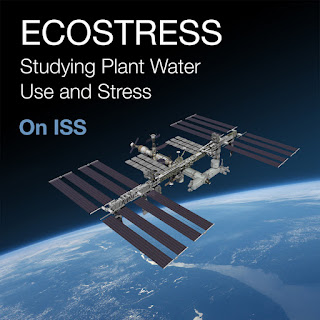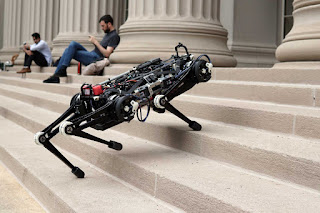British 5-Rotor Flying Air Bike

The Vantage - Personal Flying Machine With British Accent The captain of the British team Leap defines their personal flying machine The Vantage as a 5-rotor air bike. It's also a top ten contender in Boeing's GoFly International Competition of personal flying machine prototypes. Loaded with Engineering This concept's design and technical specifications are stunning. It has an internal combustion engine that produces electric power from a generator. 5 electric motors drive a rotor that keeps Vantage airborne. 2 more rotor-motor combos give it forward thrust. And each rotor can be controlled independently. Real Deal - No Fairy Dust Captain Bruno Howard says "no need for fairy dust". It's made of real components you can buy today. He adds the principles of safety, controllability and redundancy are built into its design. Team Leap is now building a working prototype with vertical takeoff and landing, low noise, able to fly non-stop 20 miles,





